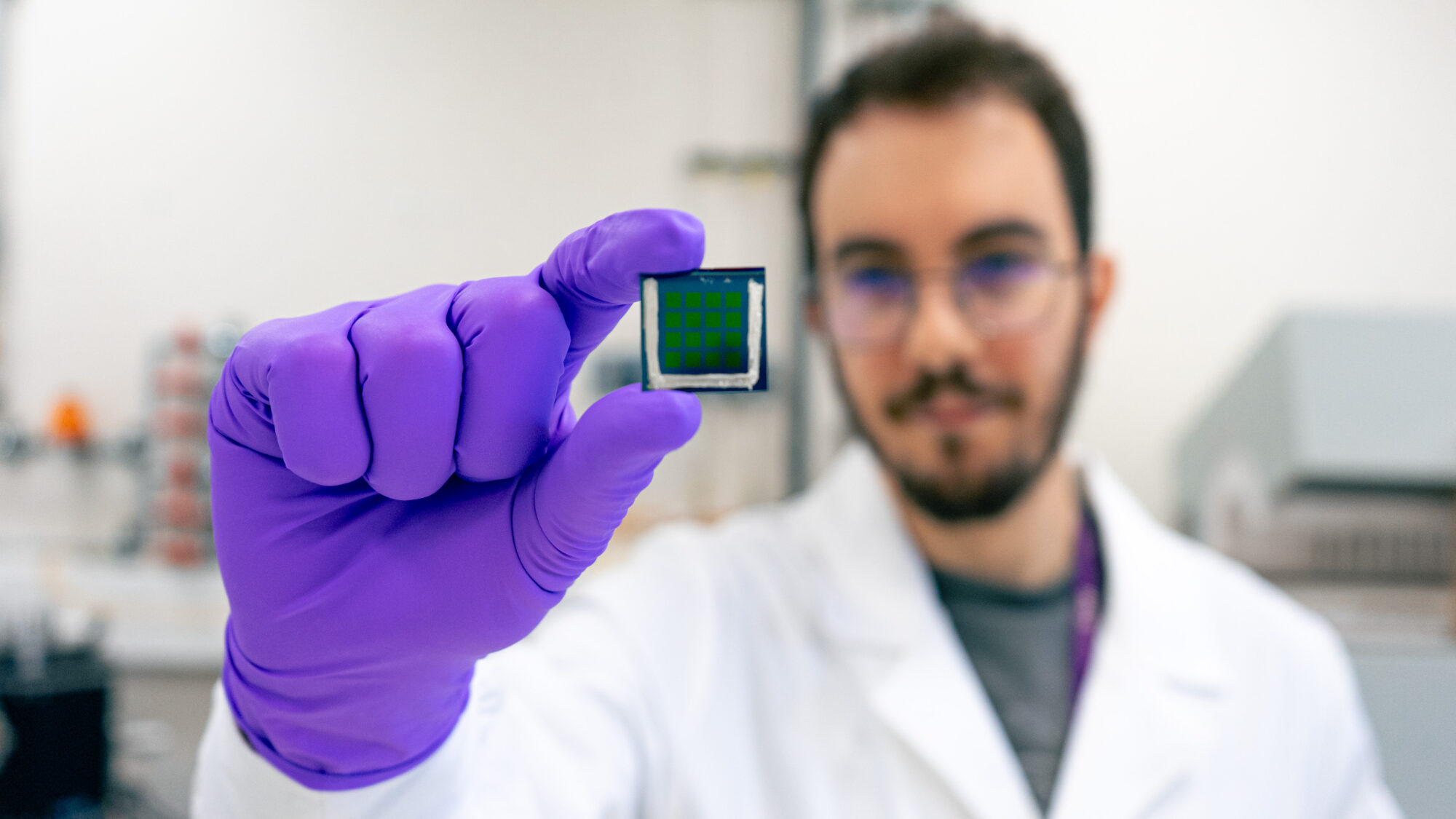
Quantum control of atomic scale magnetism using electric fields
October 17, 2025
We are pleased to highlight a new collaborative work between the Rossier group (Theory of Quantum Nanostructures) and the experimental group of Kai Yang (Chinese Academy of Sciences), just published in Nature Communications (2025).
In this study, the authors demonstrate how to electrically control quantum interference effects in individual atomic spins on a surface. The system studied consists of a single atom or a pair of coupled atoms resting on an insulating film, probed by a scanning tunnelling microscope. By applying carefully modulated electrical bias across the junction, the team can drive the spin system through avoided energy-level crossings and observe interference patterns in the spin response, a phenomenon known as Landau–Zener–Stückelberg–Majorana interference.
Because the interference arises from coherent quantum dynamics of the spins, being able to turn it on or off electrically is a key step toward more versatile control of quantum magnetic systems at the atomic scale. The results open new paths toward spin-based quantum devices where electric fields, rather than magnetic fields, mediate fast, local, and low-power operations.
The theoretical modelling underpinning this work was carried out with significant contributions by PhD student Yelko del Castillo, supported by a Quantum Portugal Initiative doctoral fellowship.
As the authors note: “This work brings to the single-atom scale quantum control techniques studied in the early days of quantum mechanics (1931) by several researchers, including Nobel Laureate Lev Landau, that had been tested much later in artificial atom systems such as quantum dots and superconducting circuits.”
These new studies show the INL message behind the International Year of Quantum (IYQ), proving this is just the beginning.


